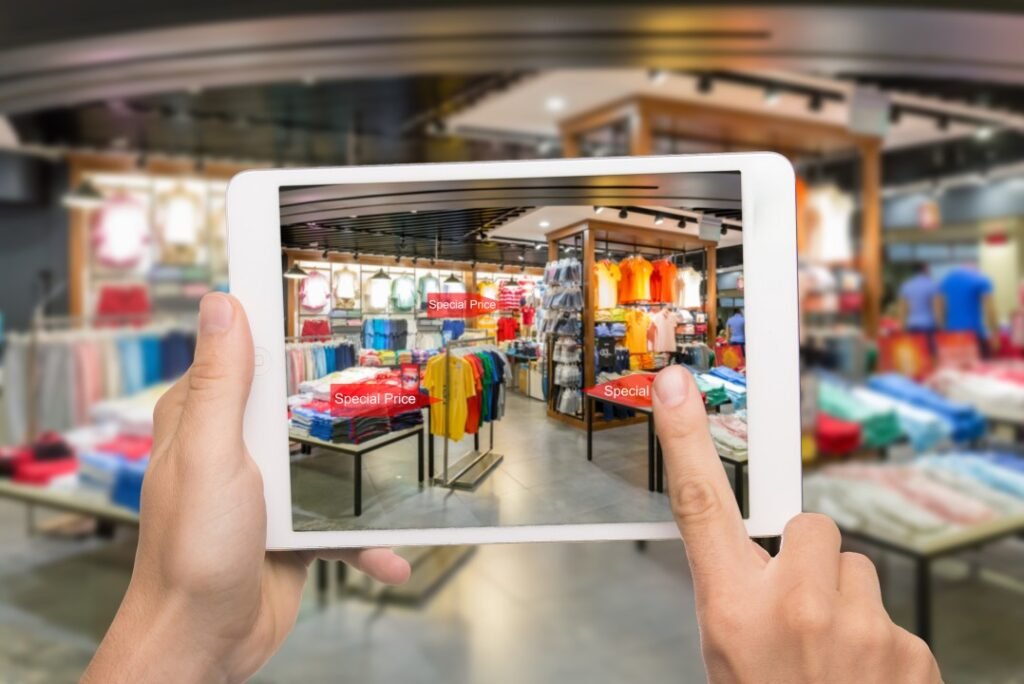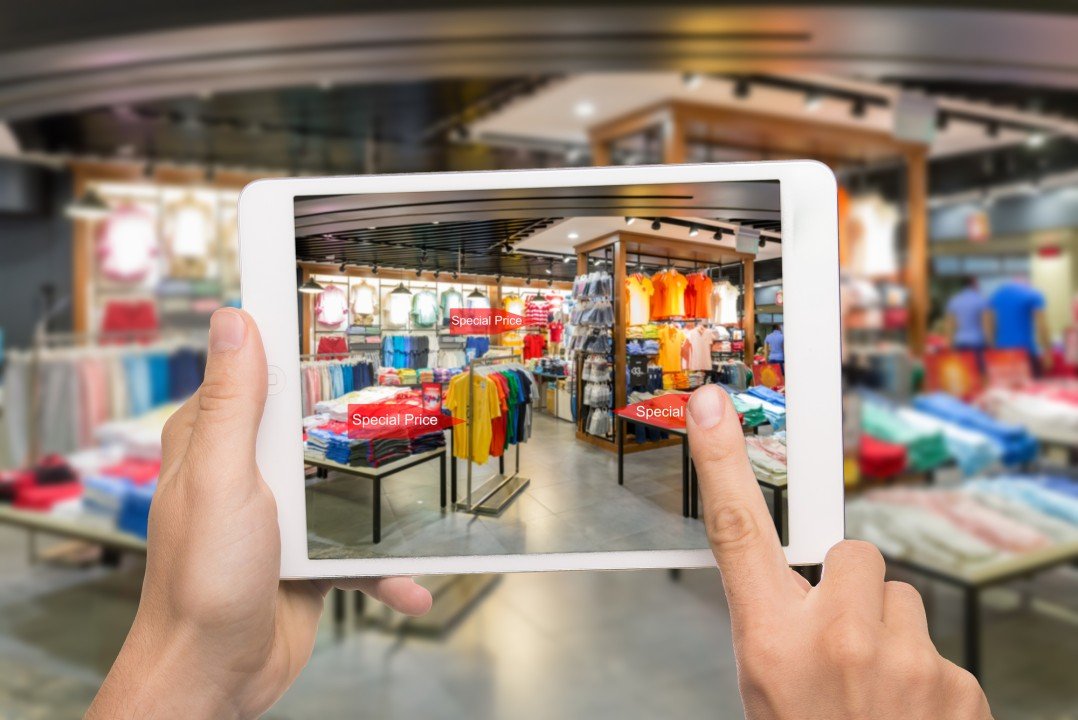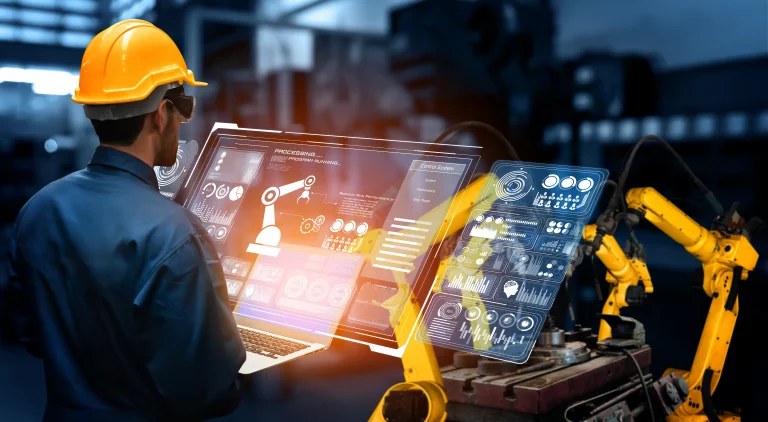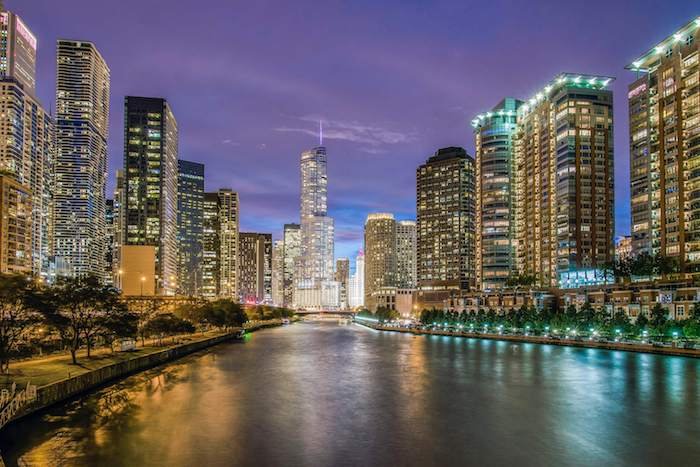The landscape of retail in the United States has undergone profound changes over the past few decades. From the rise of suburban shopping malls to the advent of e-commerce, the way Americans shop has been continuously evolving. This article explores the major transformations in the American shopping experience, shedding light on the trends that have redefined retail.

The Golden Era of Shopping Malls
The mid-20th century marked the golden age of the American shopping mall. With suburbanization on the rise, malls became the epicenter of social and economic life. Families flocked to these climate-controlled, all-in-one shopping destinations that offered a variety of stores, dining options, and entertainment. Malls weren’t just places to shop; they were community hubs where people gathered, socialized, and spent their leisure time.
However, the appeal of malls started to wane towards the end of the 20th century. Factors such as changing consumer preferences, the rise of discount retailers, and growing competition from online shopping began to erode the dominance of traditional malls. The once-bustling centers began to experience declining foot traffic and increasing vacancy rates.
The Rise of Big Box Stores
In the 1980s and 1990s, big box stores like Walmart, Target, and Best Buy emerged as significant players in the retail market. These large-format stores offered a wide range of products at competitive prices, appealing to cost-conscious consumers. Their business model focused on high volume and low margins, disrupting traditional retail stores that couldn’t compete with their pricing strategies.
Big box stores also played a pivotal role in shaping consumer expectations regarding convenience and variety. They often located in suburban areas with ample parking, making them easily accessible to a growing suburban population. Their success led to the decline of smaller, specialized retailers who struggled to match the convenience and pricing of these retail giants.
The Digital Revolution
The advent of the internet brought about one of the most significant shifts in retail history. Online shopping, pioneered by companies like Amazon, has transformed the way Americans purchase goods. E-commerce offers unparalleled convenience, with consumers able to shop from the comfort of their homes and have products delivered directly to their doorsteps.
The growth of e-commerce has been exponential. In 2020, online sales accounted for 14% of total retail sales in the U.S., a figure that has continued to rise. The COVID-19 pandemic further accelerated this trend, as lockdowns and social distancing measures pushed more consumers to shop online. This shift has forced traditional brick-and-mortar retailers to adapt, leading to the adoption of omnichannel strategies that integrate online and offline shopping experiences.
The Experience Economy
As traditional retail faces challenges from e-commerce, there has been a notable shift towards the “experience economy.” Retailers are increasingly focusing on creating unique, immersive shopping experiences to attract customers. This trend is evident in the rise of concept stores, pop-up shops, and experiential retail spaces that offer more than just products.
For example, Apple Stores are designed to be more than just places to buy electronics; they serve as community centers where customers can attend workshops, get tech support, and experience the brand’s ethos. Similarly, companies like Starbucks and Lululemon emphasize creating spaces where customers can socialize and participate in community events, thereby fostering brand loyalty.
Sustainability and Ethical Shopping
In recent years, there has been a growing awareness of sustainability and ethical practices in retail. Consumers are increasingly prioritizing brands that demonstrate a commitment to environmental stewardship and social responsibility. This shift is influencing purchasing decisions and driving demand for sustainable products.
Retailers are responding by incorporating sustainable practices into their operations, such as reducing plastic use, sourcing eco-friendly materials, and improving supply chain transparency. Brands like Patagonia and The Honest Company have built their reputations on these principles, attracting a loyal customer base that values ethical consumption.
The Future of Retail
Looking ahead, the future of retail in the United States is likely to be characterized by continued innovation and adaptation. Technology will play a crucial role in shaping the shopping experience. Advances in artificial intelligence, augmented reality, and data analytics are already being leveraged to personalize shopping, improve customer service, and streamline operations.
Retailers will also need to navigate the challenges posed by economic fluctuations, shifting consumer behaviors, and the ongoing impact of the pandemic. Flexibility and resilience will be key to thriving in an ever-changing retail landscape.
Moreover, the integration of physical and digital channels will become increasingly seamless. The concept of “phygital” retail, which blends physical and digital experiences, is expected to grow. For instance, stores might offer virtual fitting rooms or augmented reality displays that allow customers to visualize products in their homes before making a purchase.
Conclusion
The American shopping experience has been reshaped by numerous forces over the past few decades. From the decline of shopping malls to the rise of e-commerce, each phase of transformation reflects broader social, economic, and technological trends. As the retail industry continues to evolve, one constant remains: the need to meet and exceed consumer expectations. Retailers who can innovate and adapt to changing demands will be well-positioned to succeed in this dynamic landscape. The future of retail promises to be an exciting journey, blending tradition and innovation to create enriched shopping experiences for all.



